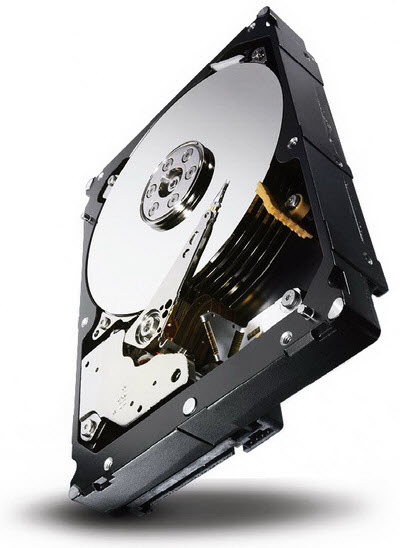INTRODUCTION

When it comes to PCs and MACs most people believe that the heart of the system is the CPU with the exception of gamers who naturally put the GPU (graphics card) above everything else. I too had the same opinion almost a decade ago but slowly and after countless of storage related reviews i begun to realize that the true heart of a system is neither the CPU nor the GPU but rather the storage device regardless of whether we are talking about mechanical HDDs or SSDs. You see no matter of what kind of CPU or GPU a system has you can always perform certain functions, perhaps not the highest demanding ones but you can nevertheless. However without a storage device or with one that has but a limited available capacity there's really that many things one can do especially nowadays when most people have several TBs of data. Now last month we tested the latest Enterprise Capacity 3.5 V.3 4TB SATA III enterprise class hard disk drives (former Constellation ES.3) by Seagate which pretty much dominated the competition. Well today we will be taking a look at the SAS (Serial Attached SCSI) variants which as you will see later on had no issue surpassing their SATA brothers to become the fastest HDDs to ever pass from our test bench.
Founded in 1979, Seagate is the leading provider of hard drives and storage solutions. From the videos, music and documents we share with friends and family on social networks, to servers that form the backbone of enterprise data centers and cloud-based computing, to desktop and notebook computers that fuel our personal productivity, Seagate products help more people store, share and protect their valuable digital content. Seagate offers the industry’s broadest portfolio of hard disk drives, solid-state drives and solid-state hybrid drives. In addition, the company offers an extensive line of retail storage products for consumers and small businesses, along with data-recovery services for any brand of hard drive and digital media type. Seagate employs more than 50,000 people around the world.
Many people have the wrong impression that SAS drives are largely superior to SATA drives due to their higher rotational speeds but that's not really the case (not always anyways). So compared to the SATA III model of the Enterprise Capacity 3.5 V.3 4TB HDD the SAS variant has nothing more to offer specs-wise since they both have 128MB of cache, spin at 7200RPM, have an 1.4 million MTBF (Mean Time Between Failure) and share the same features such as Seagate’s PowerChoice technology (reduced power consumption up to 54%), enhanced error correction, super-parity, ramp load technology (Read/Write heads/sliders move from an small ramp placed inside the drive and onto the surface of the disks only when the optimal rotational speed has been achieved), enhanced rotational vibration tolerance (vibration reduction) and a humidity sensor (controls the vertical position of the heads/sliders) for optimum performance. Generally however since SAS drives require an dedicated SAS controller to work with they can achieve higher data transfer speeds compared to regular SATA controllers (especially if you use a good dedicated SAS card) and can also provide increased data safety and encryption (always depends on the capabilities of the controller). So let's move forward with this review to see just how the SAS variant compares to the SATA variant.

 O-Sense
O-Sense







.png)

